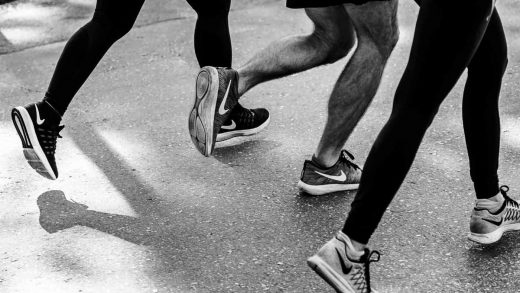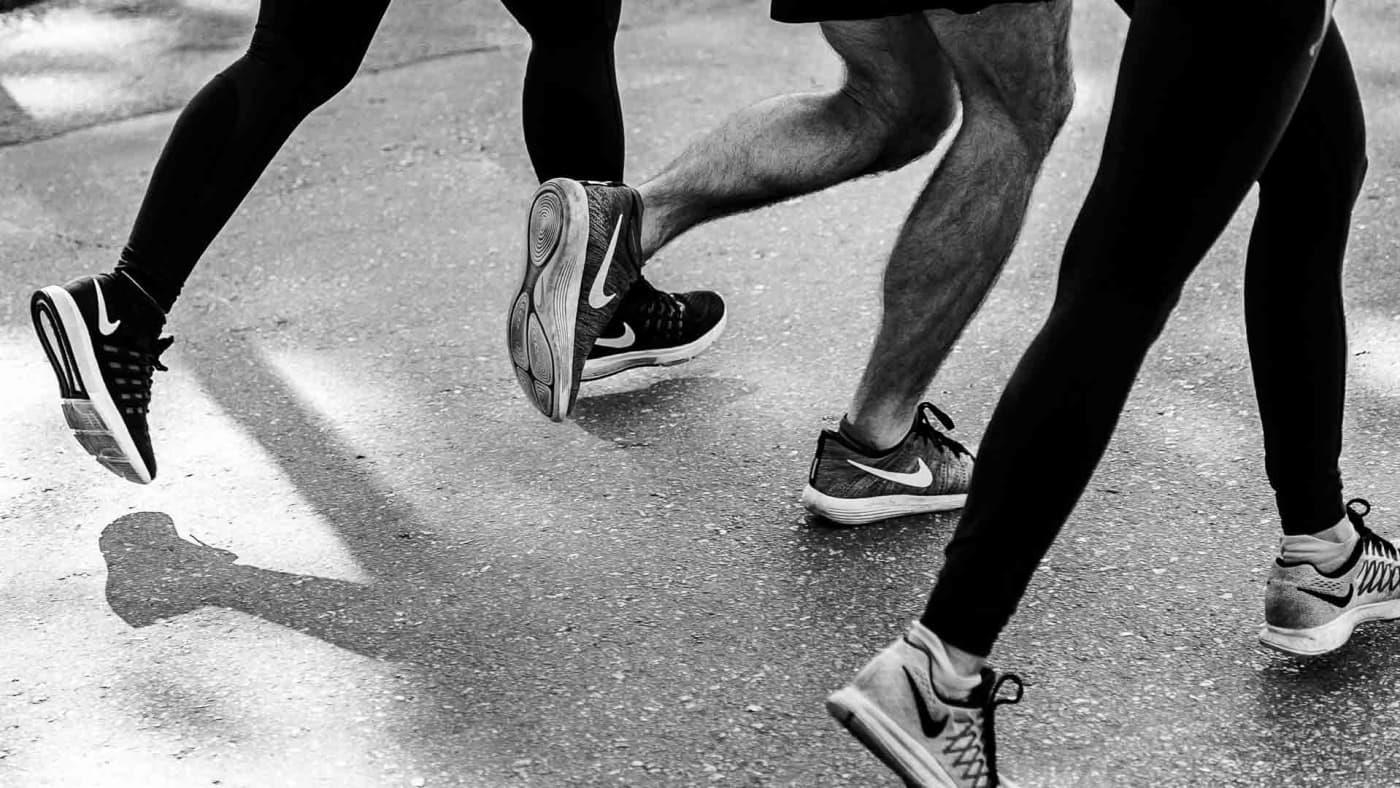How Nike’s Toxic Workplace Hurt Its Bottom Line
Over the weekend, the New York Times offered a searing look at Nike’s workplace culture, which many women at the company described as toxic. For many female employees, sexual harassment and discrimination was part of everyday life at the office.
According to the more than 50 current and former employees interviewed, Nike was a place where male bosses felt comfortable discussing the merits of Portland and Los Angeles strip clubs in a van full of female colleagues. It was a place where women who reported sexual harassment were invited to discuss the incident with their human resources representative in an outdoor cafe, where others could hear the conversation. It was a place where female employees say they were passed over for promotions, and where women occupied only 38% of positions at the director level and 29% of VP roles, even though they made up half the workforce.
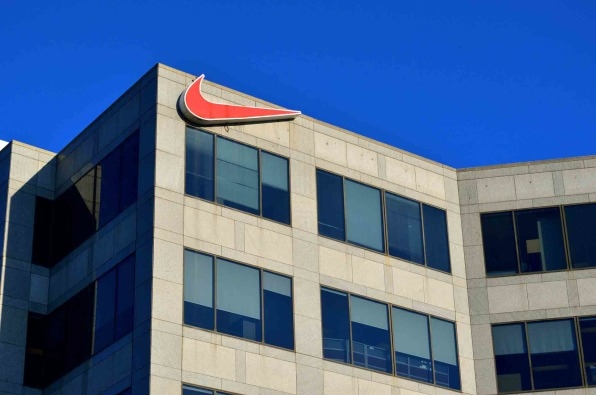
The Trickle Down Of A Sexist Culture?
But in the midst of these revelations, it’s worth asking how this sexist culture may have trickled down to the female consumer. With few women in leadership positions, and a working environment where women’s bodies and ideas were not treated with respect, was the company failing to innovate as well as it could have, when it came to women’s products and marketing campaigns?
The answer appears to be yes. The financial figures alone tell a story. Nike is the biggest sports footwear and apparel company in the world, commanding $34.4 billion in revenue last year. And yet Nike’s women’s business made up only about a fifth of the total business. This is a huge missed opportunity, given that the women’s category is the fastest growing segment in the activewear market and female consumers are driving the growth of the $45.9 billion athleisure trend.
One anecdote from The Times’ report about a marketing campaign gone wrong helps provide clues about how gender inequities spilled from the workplace into consumers’ experience. Last year, Trevor Edwards, Nike’s former brand president, approved an ad for the VaporMax shoe for women, set to launch this fall. According to people familiar with the campaign, early cuts of the commercial featured a woman twirling on what appeared to be a stripper pole and showed male athletes in sports bras. The shoes themselves were barely seen. This ad was killed, costing Nike millions of dollars.
While Nike has certainly made ads that are empowering to women in the past, this particular ad serves as compelling evidence of how Nike’s current leadership was failing to create campaigns that would resonate with women. It is also an example of how leaders were misusing marketing funds that had been set aside for the women’s division. While this is just one, small example at a massive company, it allows us to better understand how Nike was missing and wasting opportunities to cater to female consumers.
Matthew Kneller, Nike’s director of global corporate communications, acknowledged that there was room for improvement at the company. “There’s no doubt that we’ll learn from this experience,” Kneller wrote in an email, referring to the recent allegations about workplace misconduct and gender discrimination at Nike. That said, he points out that Nike is still a dominant force in the marketplace. “Nike is the number one sports brand for girls and women globally,” Kneller continued. “We maintain deep connections with the best athletes all over the world. It’s these relationships that give us confidence in our ability to serve these athletes.”
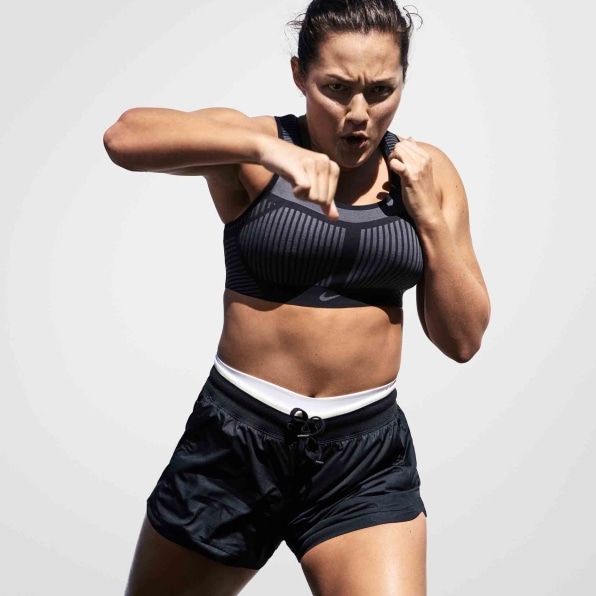
The Women at Nike
I’ve spent the last few years reporting about Nike’s efforts to win over female consumers to regain its edge in the market, where competitors like Adidas are investing heavily in its women’s category.
In spite of challenging circumstances for female employees, senior women at Nike like Amy Montagne, who was the president of Nike Women until she was promoted last week to vice president and general manager of global categories, did their best to roll out innovative new products that better cater to women’s needs. Last year, Nike released a sports hijab for Muslim women. Under Montagne’s direction, the brand released the FE/NOM bra made of Flyknit, a digitally engineered material made out of strong, lightweight synthetic fiber. It also came out with an expanded plus size collection for women.
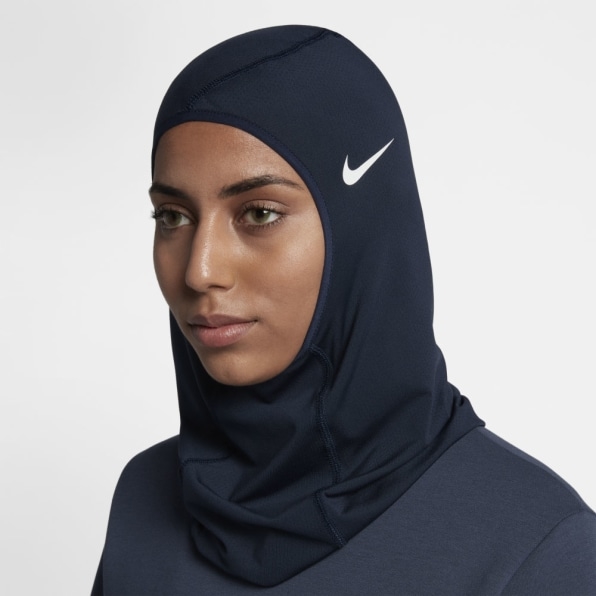
Since March, there’s been a changing of the guard at Nike, spurred by brave women who have chosen to take their careers into their own hands. At the start of the year, a group of women at Nike created a workplace culture survey which asked, among other things, whether respondents had been victims of sexual harassment and gender discrimination. These questionnaires were distributed to women at the company and then delivered to Mark Parker, the company’s CEO, on March 5th.
This appears to have prompted the departure of six top male executives, including Trevor Edwards, the president of the Nike brand, and Jayme Martin, who ran Nike’s global business. Women, on the other hand, are being promoted. Montagne, for instance, stepped up to her a role after Jayme Martin left. Another woman, Kellie Leonard, has been promoted to chief diversity and inclusion officer, a role that did not previously exist at Nike.
This chain of events is another example of the #MeToo movement working, as women have felt empowered to speak up about how they are being treated. But this is not just a story about office misconduct and gender inequity in leadership. It’s also a story about how women consumers lose out when companies don’t give women employees a voice and an opportunity to better serve women’s needs with the products they create. And the big question is whether Nike will be able to clean up its act and give women leaders the platform they need to grow the women’s business.
* This story has been updated to include comment from a Nike spokesperson.
(52)

